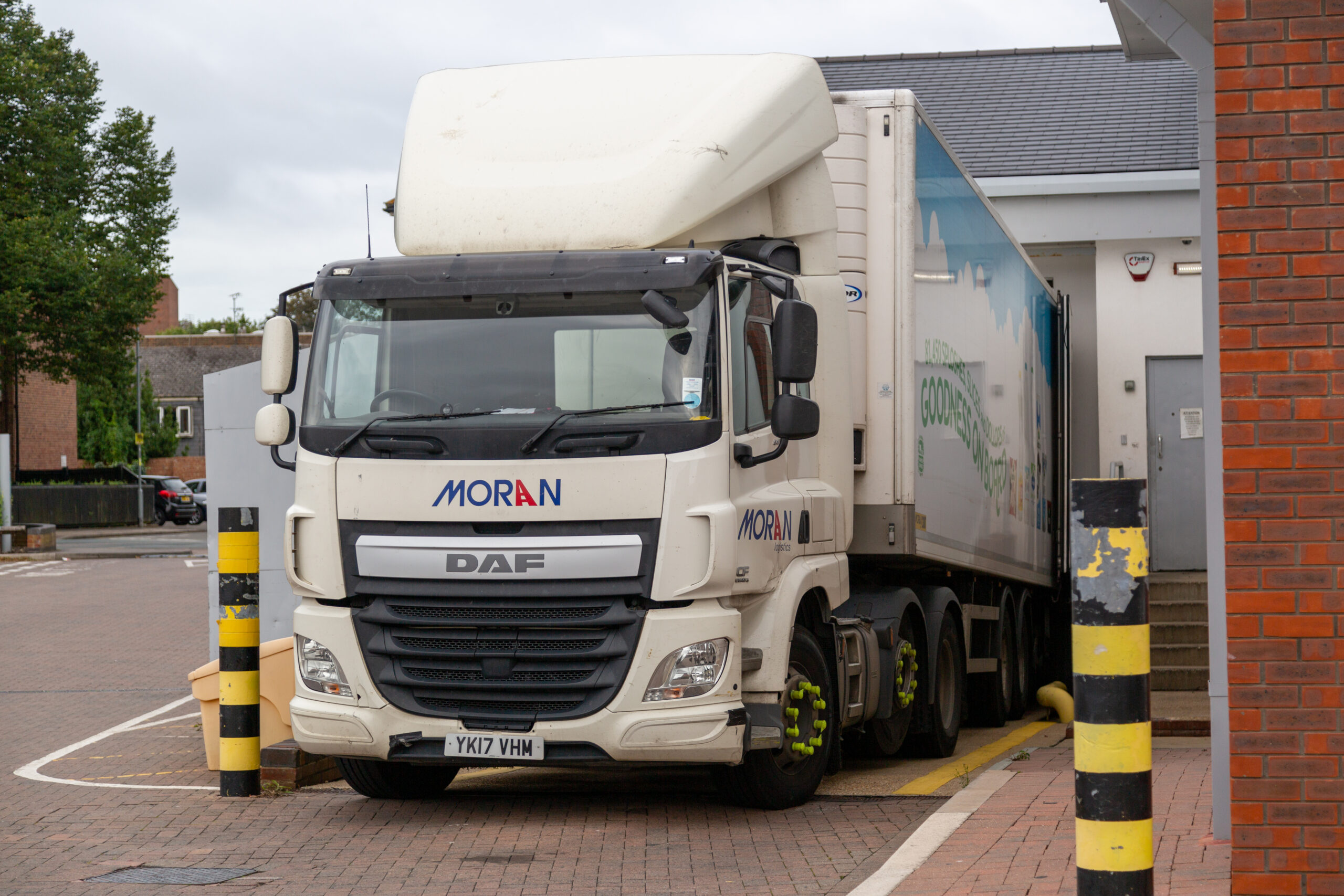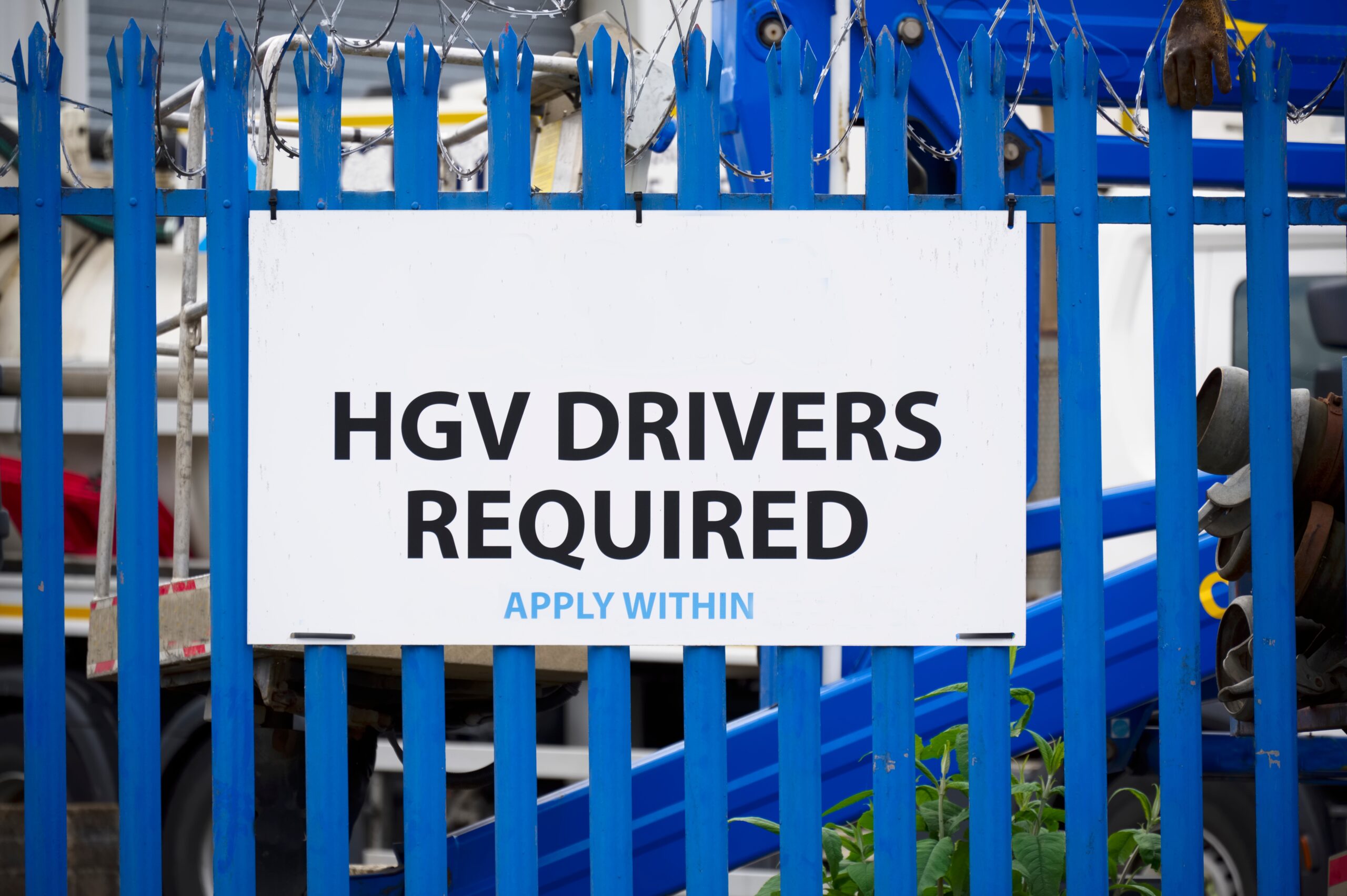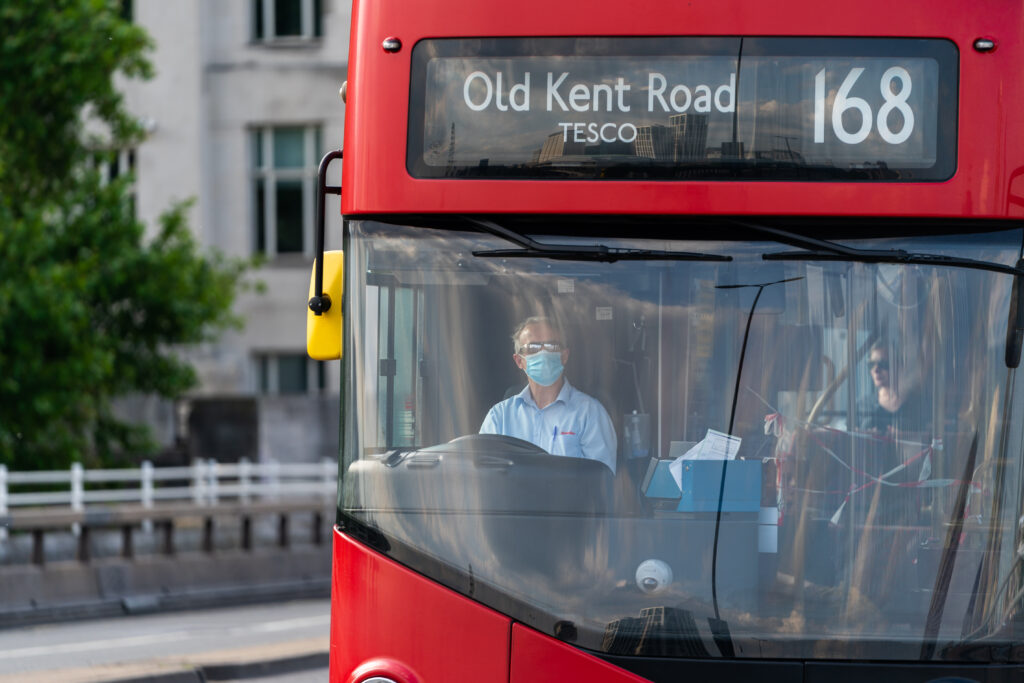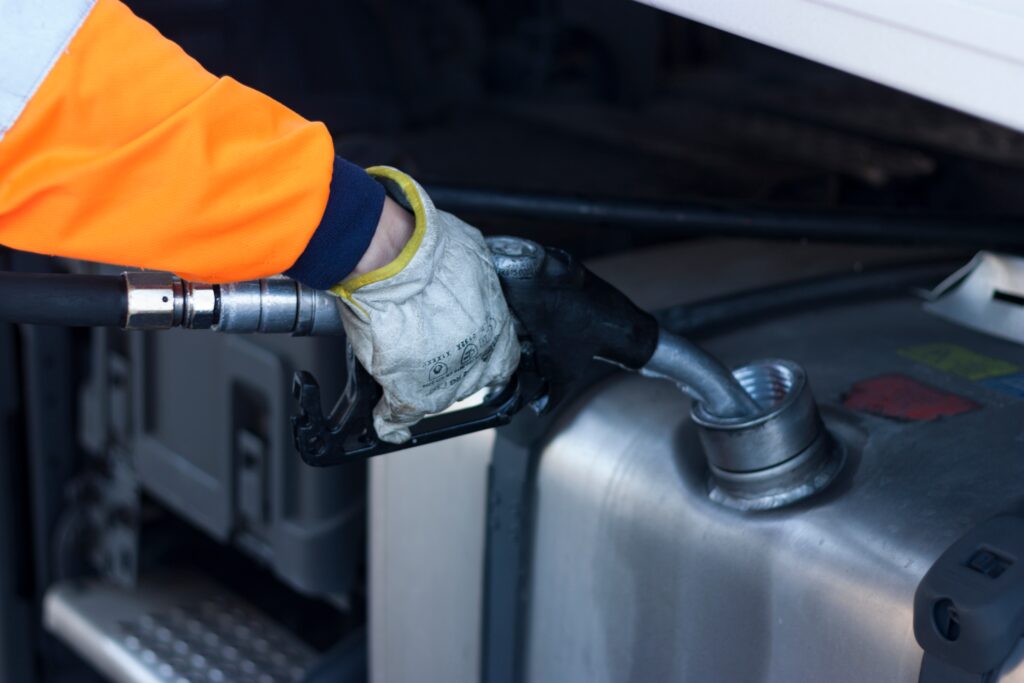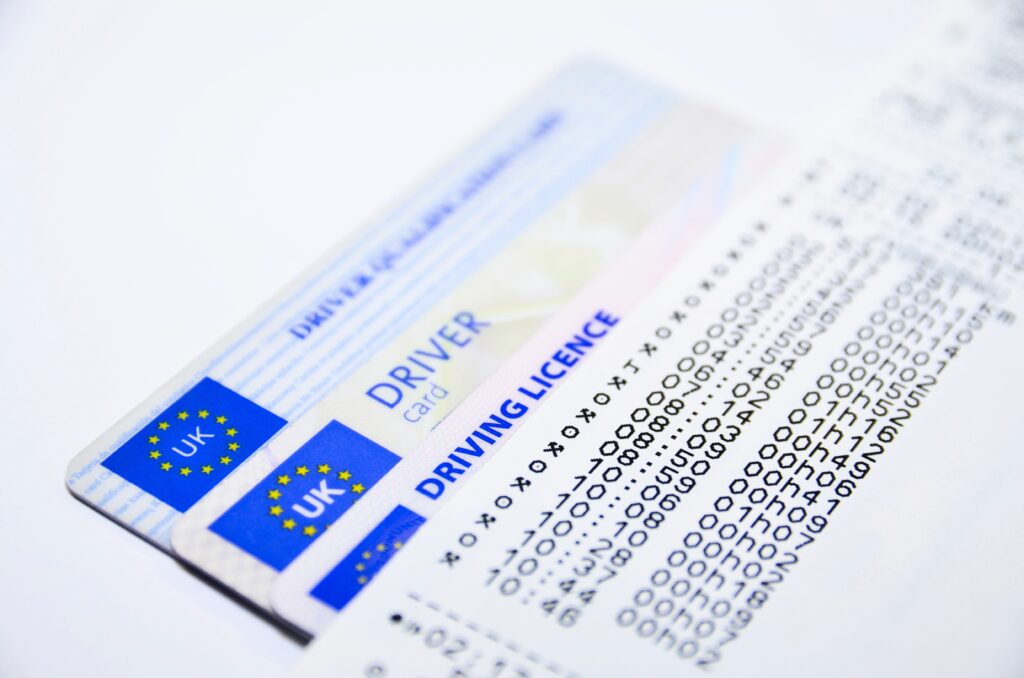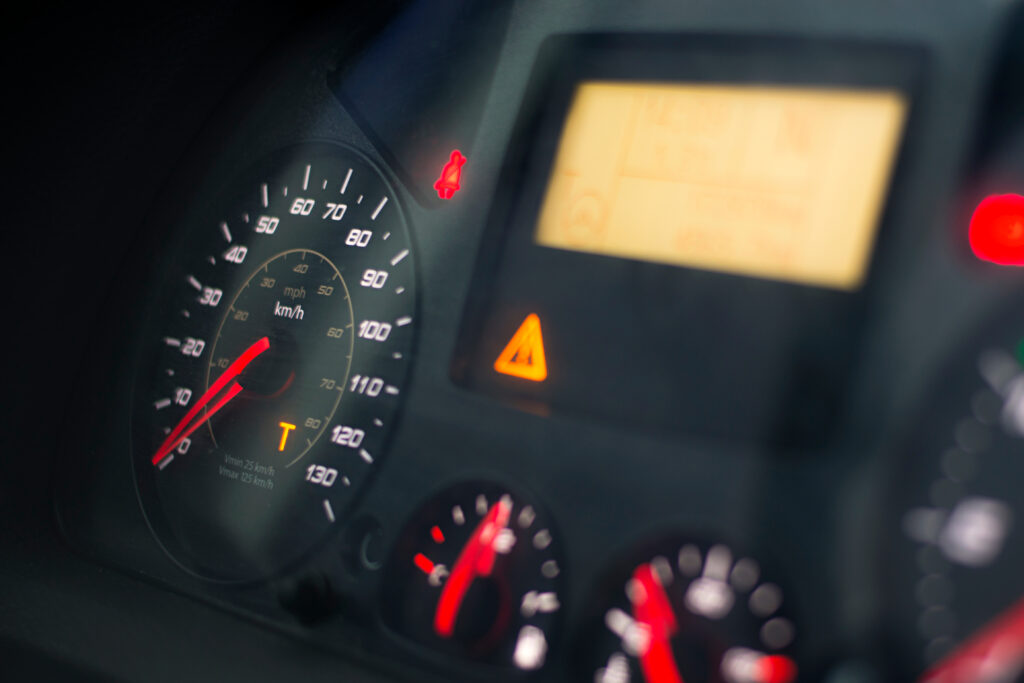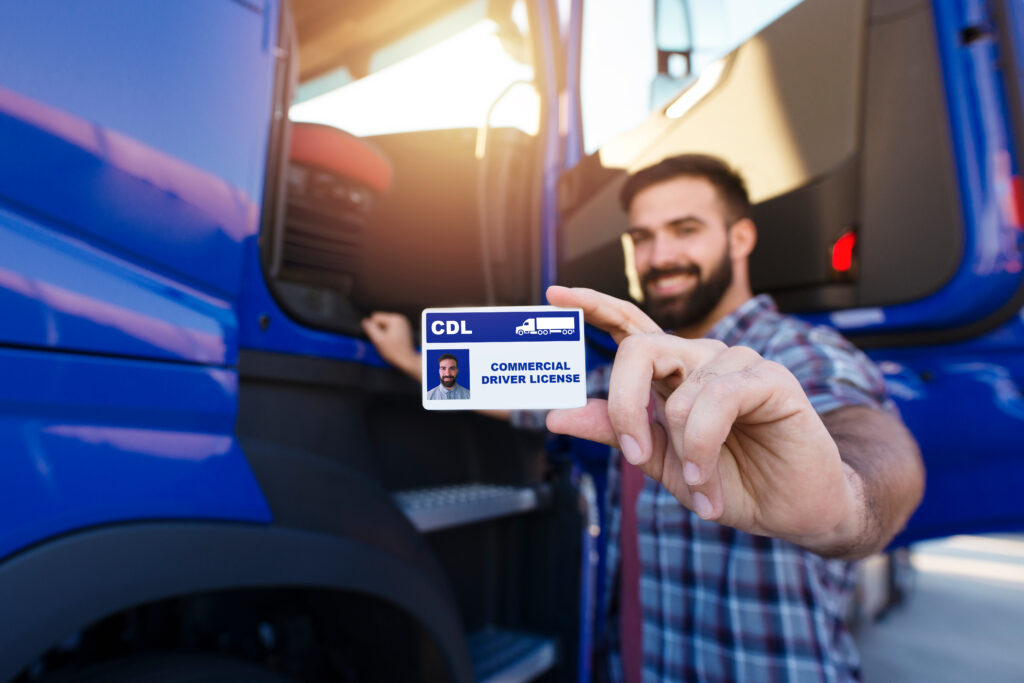Blind spots are a common issue for anyone on the road – no matter what your drive.
While it can differ depending on the make and model and your driving position, the most common blind spot on a car is the area behind the driver’s right shoulder.
On HGV’s however, blind spots are a much more dangerous issue, so need to be a top consideration for both HGV drivers and anyone passing the vehicles while out and about.
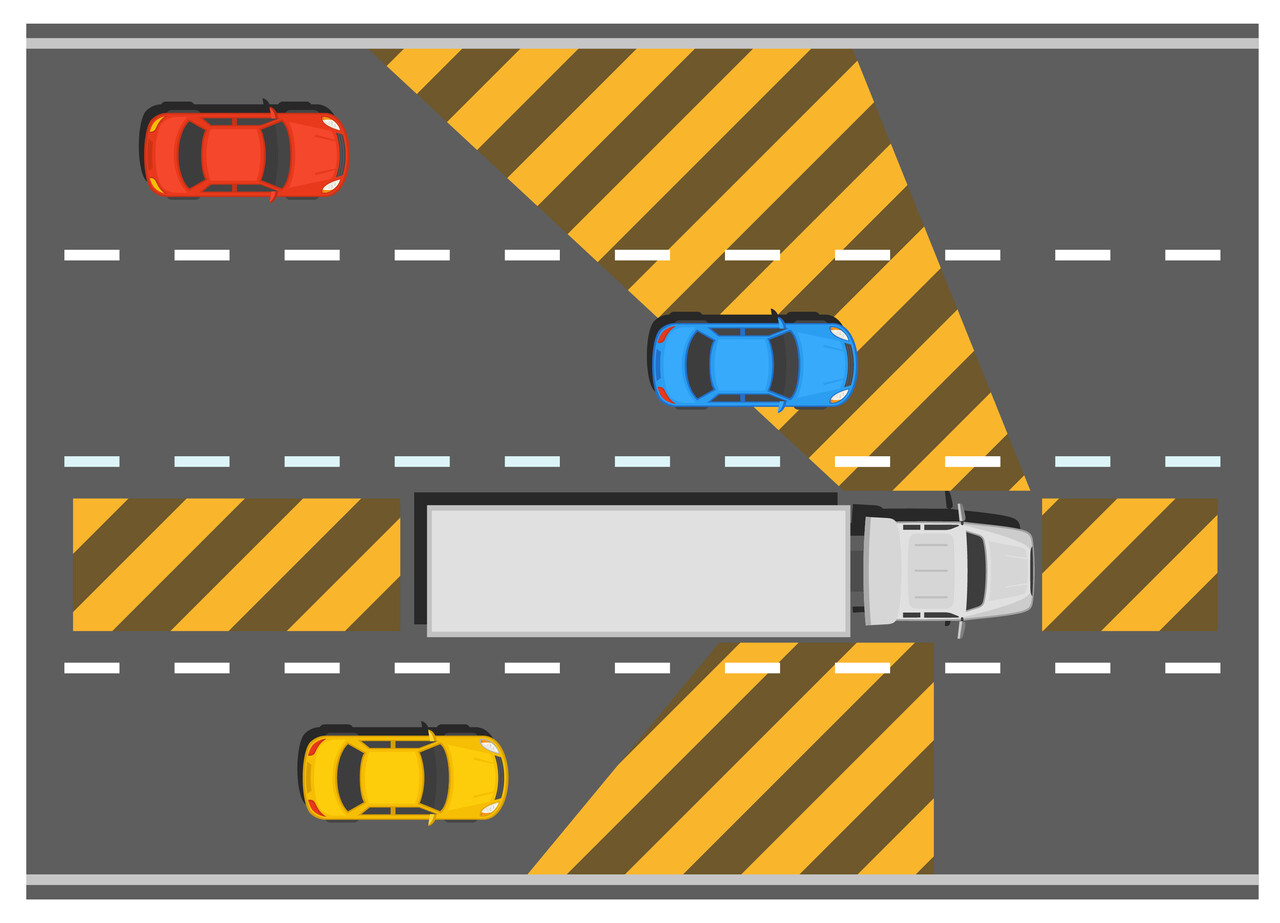
How to prevent danger in HGV blind spots
The easiest way to prevent the danger associated with HGV blind spots is to be aware of them.
On an HGV, there are 4 main areas in which the driver can’t see other road users. This includes:
- The front
As the cab of an HGV is much higher than any other road vehicle, most HGV drivers won’t be able to see approximately two feet in front of them while driving.
While two feet might not sound much, this puts them in the direct path of traffic, causing potential accidents.
- Back
The rear blind spot can be up to nine feet and can mean that other drivers, pedestrians, and cyclists are impossible to see.
- Both sides
Side blind spots can vary in length depending on the type of HGV you drive.
On some, the left-hand blind spot can merge with the front blind spot, creating a much larger area of restricted visibility.
The right-hand blind spot can start from the back of the cab and run for some of the length of the trailer, causing issues for traffic on all sides.
As part of your HGV training, your instructors will cover safe driving practices with you, including how to pass other road users and driver awareness in town or city centres – a hotspot for collisions with cyclists and pedestrians.
Other things HGV drivers can do to minimise the risk of incidents include:
Using mirrors effectively
Drivers need to ensure their mirrors are correctly positioned before every journey to ensure they have an unobstructed view on every possible side.
Likewise, ensure all four mirrors are securely in place, including the:
- Offside external mirror
- Nearside external mirror
- Internal mirror
- Close proximity mirror
Embrace technology
Mirrors are incredibly useful but they have their limits.
For this reason, HGVs are now being equipped with cameras and sensors that offer additional views and can alert drivers if they get too close to others.
If drivers work in London, these cameras and sensors are being installed on heavy goods vehicles as part of the Progressive Safe System implemented by the Mayor of London.
If you work outside of London, you can still choose to include these systems, as they will contribute to safer driving and reduce dangerous incidents on our roads.
Eliminate distractions
While it can be tempting to pass the driving time by belting out your favourite songs, you should consider the implications of distractions while driving.
Singing and chair dancing to music can lead to prosecutions for dangerous driving or driving without due care and attention while being caught on the phone or a tablet can incur a fine, penalty points, or even a driving ban.
After completing your HGV training and completing a few jobs, your driving confidence will likely be quite high – don’t let this lull you into a false sense of security. The UK roadways are ever-changing and need your constant focus.
*Is your current role filling you with more failure than fulfilment? Contact HGV Training Network to see how you could be behind the wheel of an HGV in no time! ve.
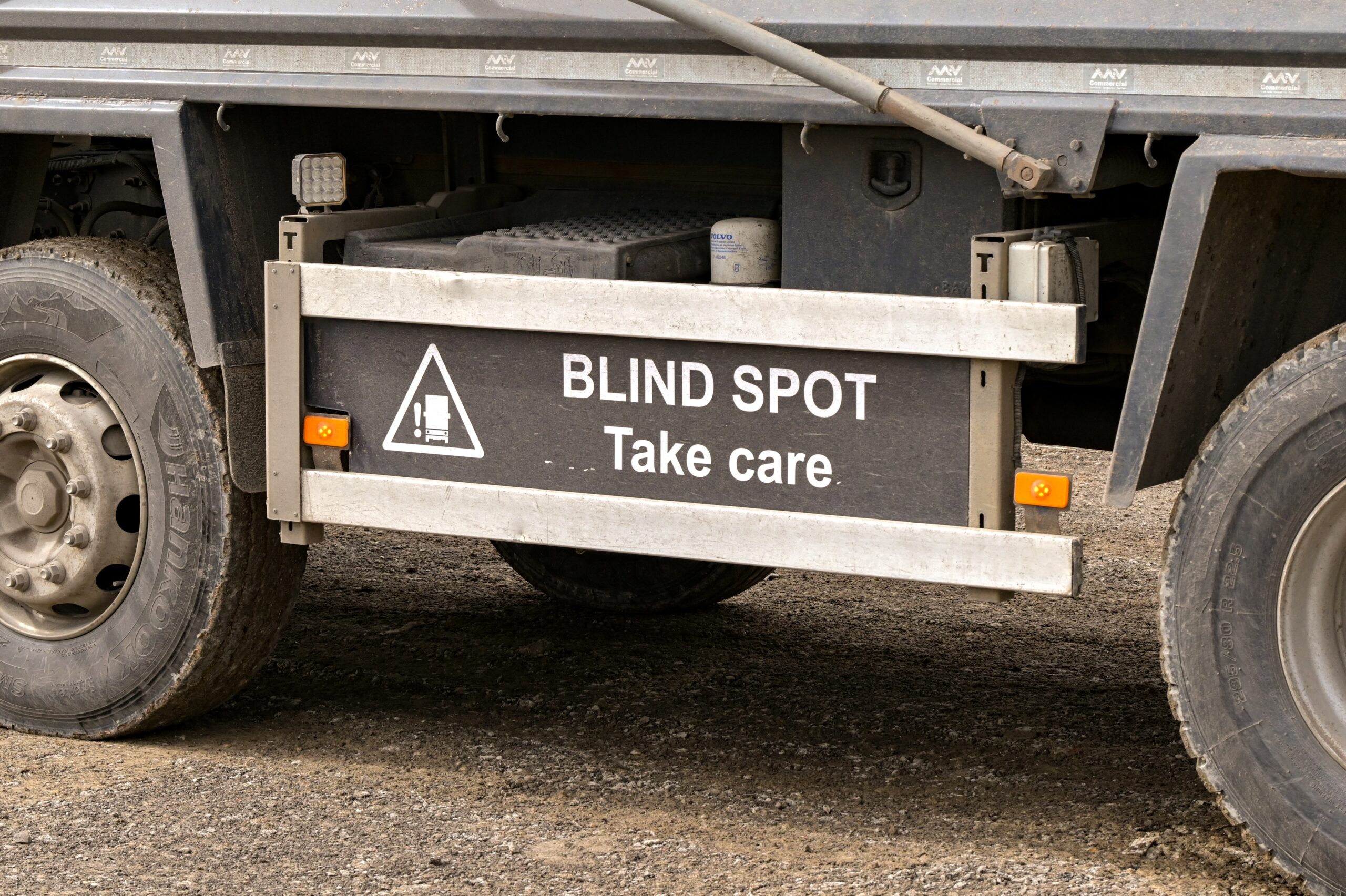
How to avoid being in an HGV driver’s blind spot
While HGV drivers need to minimise dangers as much as possible, other road users and pedestrians also need to make sure they are doing all they can to avoid incidents with the largest vehicles on the roads.
As such, to avoid being caught in the HGV blind spot, you should:
- Stay out of the way
When driving a car, there are minimum space allowances that you employ to give cars around you the room they need.
Be sure you maintain the two-second rule when driving around HGVs and remember that it takes them much longer to come to a stop because of their extra weight.
Likewise, avoid sudden manoeuvres, like overtaking or suddenly braking, as this can mean you end up in the blind spot of an HGV without intending to.
- Make yourself visible
Using lights, reflective strips, or bright clothing if you are walking or cycling near main roadways is the simplest way to ensure an HGV driver will see you.
If you are in a car, ensure your lights are on when needed and ensure you indicate in good time to make clear your intentions before you start, if you plan to overtake for example.
- Be patient
Given the increased weight and height of their vehicle, an HGV will need more time and room to complete actions like changing lanes, turning, or even pulling over.
With this in mind, be patient if you are driving near one and anticipate stopping just in case.
*With highly experienced and friendly staff and instructors, the team at HGVTN can help you retrain into a career you will love. Why not read the testimonials from our past students to see how we can help?
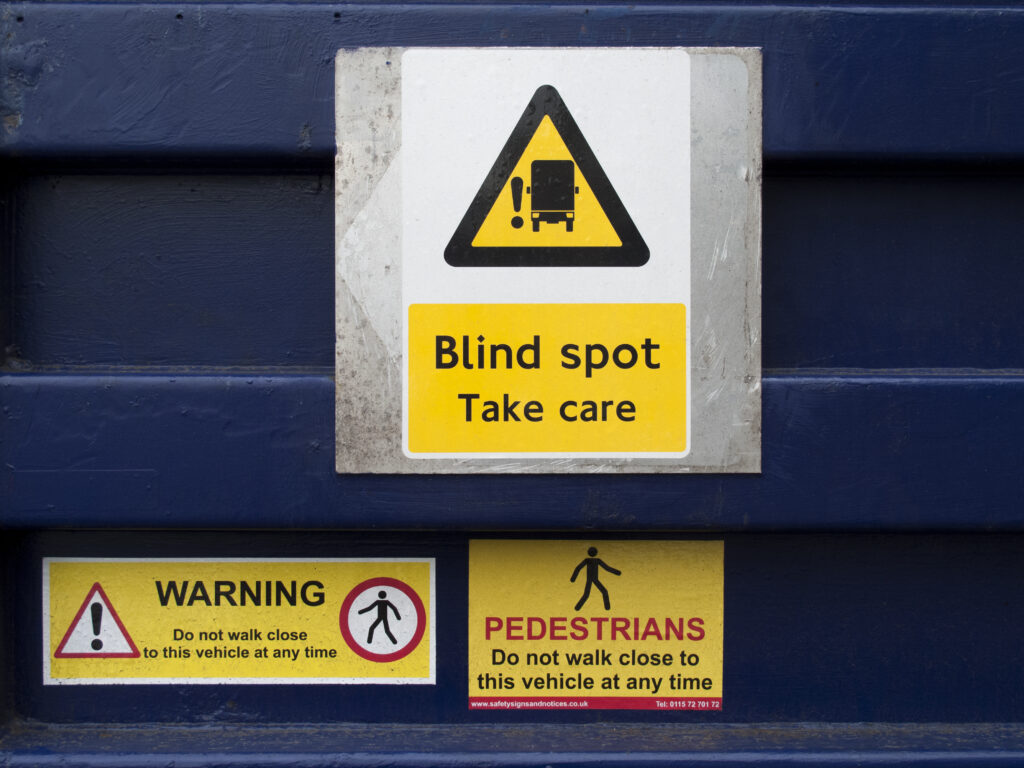
Choose the HGV Training Network for safer HGV driving
As the industry continues to change to improve safety levels and efficiency, leaders like HGV Training Network do their all to ensure their trainees pass the first time and go on to be safer and more competent drivers.
This approach, plus their 1:1 support, and the huge array of training courses students can choose from leads to thousands of happy, new HGV drivers a year!
To get out on the open road as soon as possible, email us at contact@hgvtrainingnetwork.com or fill in our contact form (below) and our friendly professionals will be in touch as soon as they can!













